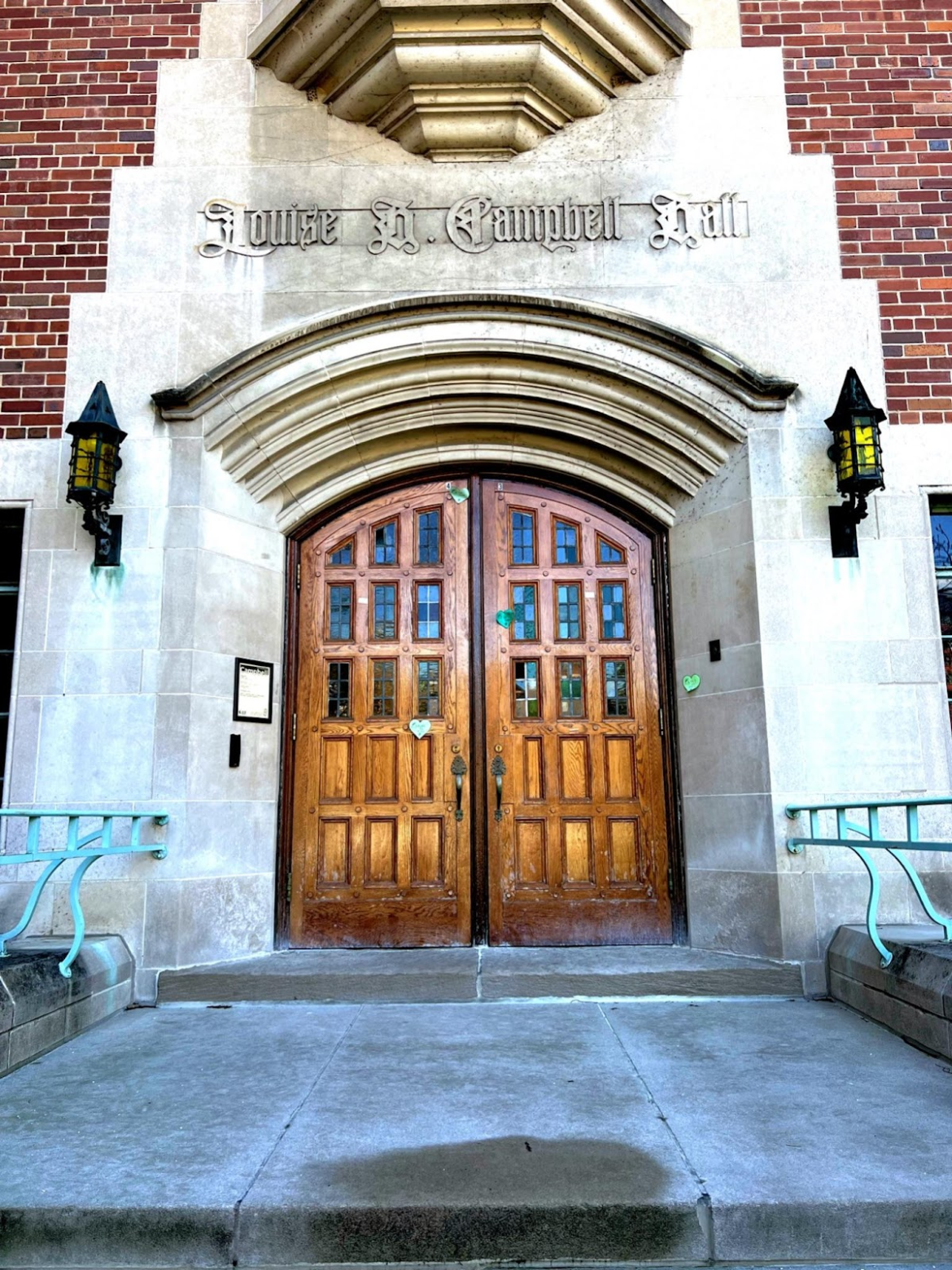Michelle Brown, a resident assistant in Campbell Hall at Michigan State University said five months ago that she was never trained for an active shooter in the building.
“When another RA asked about the safety protocol for an active shooter in the building, our advisor basically said it’s everyone for themselves,” Brown said.
After the mass shooting that took place at MSU on Feb. 13, RAs have realized how necessary some sort of active shooter training is. RAs take on a leadership role in the dorms. Although college students are now adults, RAs must make sure things still run smoothly. They are in charge of making sure their residents are safe and feel secure.
Brown said she realized something was wrong when she heard an alarming amount of sirens and when a resident ran up the stairs crying. Her resident had been in the Union when shots were fired. Residents are students who live on their floor.
“When I heard girls crying in the hall, I knew something was really wrong,” Brown said.
Mckenna Adams is another resident assistant in Campbell Hall. She was placed on the first and ground level floors with her residents. Adams said she was coming back from a meeting on Feb. 13 when she saw people running outside the Union building. She then started receiving many texts. She knew something was wrong at that moment.
“I wasn’t fully processing what was happening, I was honestly numb to what was going on,” Adams said.
Brown was on duty for Campbell hall that night. She said she was never trained for an active shooter on campus.
“I was terrified because I’m supposed to be the one in charge in a way,” she said.
Since Brown is in a leadership position, she had to focus on her job even when she was feeling the same fear her residents were experiencing.
“The fact that it was so close to us was probably one of the worst things,” Brown said. “I couldn’t really know who was safe and where everyone was unless they were texting in our group chat.”
Adams, also in her leadership position, said being on the first floor made the situation a lot scarier.
“There were so many people outside the windows,” Adams said. “I didn’t know what to tell my residents because I didn’t even know how to help myself.”
RAs have realized how important it is to gain some sort of training for an active shooter. Feb. 13 was a wake up call for all people who are in a leadership role on campus.
“I haven’t heard anything from my supervisors about implementing a new training for us which is scary,” Brown said. “It’s upsetting that I wouldn’t be surprised if they didn’t change anything even after what we went through.”
Adams said there was an optional training for RAs, but she didn’t think to go since it wasn’t mandatory.
“I can see why the university didn’t make it mandatory because you never think it’ll happen to you,” Adams said. “Now that it’s so prominent, not only at MSU, but around the world it should be required for resident assistants.”
Adams said one good thing that came out of the situation was that she became closer with her residents. She said they felt comfortable enough to come to her with their fears that night.
“I wish it didn’t have to happen because of that night, but it brought us together,” she said.
